1.1. Background
1.2.1. Importance of Conceptual Framework
1.2.2. Diamond Model
1.3. Company Profile
1.3.1. Wal-Mart
1.3.2. E-Mart
1.4. The Current Situation of Korean Retailer Market
1.4.1. The Background of Emergence of Retailer in Korea
1.4.2. The Current Situation of Korean Retailer Market
2. Diamond Variables and Descriptive Data of the Wal-Mart and E-Mart
2.1. Factor Conditions
2.2. Demand Conditions
2.2.1 Basic Demand Conditions
2.2.2 Advanced Demand Conditions
2. 3. Related and Supporting Industries
2.4. Firm Strategy, Structure and Rivalry
3. Empirical Results and the Diamond
3.1. Score calculation and proxies
3.2. The Diamond
4. Hofstede’s cultural dimension model and Strategic Implication
4.1. Hofstede’s cultural dimension model
4.2. Strategic Implication of Hofstede's Model
5. Failure of Wal-Mart's Strategy in Korea and Propositions
5.1.1. Failed Strategy
5.1.2. Wal-Mart’s Perspective on Current Situation
5.1.3. Proposition for Wal-Mart
1.1. Background
American Wal-Mart is the number one retailer in the world. Yet, in the Korean market, its performance is not very good. In a recent performance survey, it ranked at fifth outstripped by number one Korean E-Mart in almost every aspect. What made this possible? Is it just the outcome of cultural misunderstanding, or the outcome of different marketing strategies of the two? In this paper, we will look into the competitive factors of each company and try to draw a comparison between them. Among various models, which address the competitiveness of firms, we will use the general diamond model (Porter, 1990) in order to assess the competitiveness of Wal-Mart and E-Mart. Also, to incorporate the obvious cultural factors, we will used Hofstede’s(1983) cultural dimension model. Finally, we will give the several propositions to make the Wal-Mart more competitive in the Korean market.
1.2.1. Importance of Conceptual Framework
These are some notable articles and Master theses on Wal-Mart vs. E-Mart. Yet, most of them lack appropriate conceptual model according to which the each competitiveness can be calculated and compared. Obviously, cultural factor has played a significant role in Wal-Mart’s failure. But, if we do not have a deep understanding of factors such as market conditions, companies’ strategies, and consumer sophistications, cultural approaches can become a lopsided interpretation of the matter. Therefore, to have a balanced and overall view of a company’s condition, we believed that the Diamond model is the right fit. Porter (1990) brings together firm-specific linkages between the determinants and his model is useful and potentially predictive for firm level as well as industrial and national level studies (Bark and Moon 2002).
Hofstede, Geert, 1997, Cultures and Organizations: Software of the Mind, New York: McGraw-Hill.
Moon, Hwy-Chang, Alan M. Rugman and Alain Verbeke, 1995, “The generalized double diamond approach to the global competitiveness,” in Alan Rugman, Julien Van Den Broeck and Alain Verbeke, eds. Research in global strategic management: Beyond the diamond. Greenwich CT: JAI Press 5, pp.97-114.
Moon, Hwy-Chang, Alan M. Rugman and Alain Verbeke, 1998, “A generalized double diamond approach to the global competitiveness of Korea and Singapore,” International Business Review 7: 135-150.
Moon, Hwy-Chang and Eun-Kyung Choi, 2001, “Cultural Impact on National Competitiveness,” Journal of International and Area Studies 8(2): 21-36.
Porter, Michael E., 1990, The Competitive Advantage of Nations, New York: The Free Press.
Rugman, Alan M. and J. R. D’Cruz,




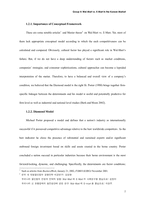
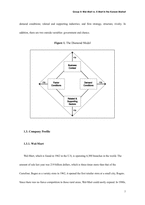
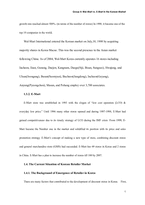
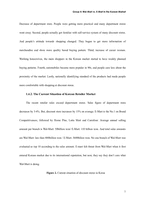

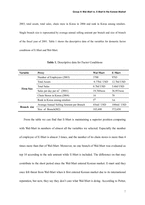
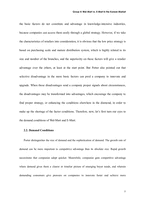
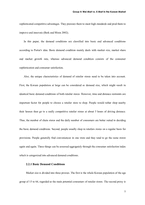
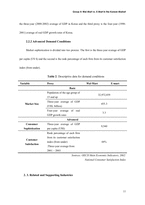
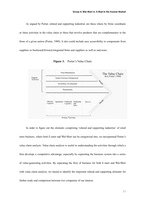
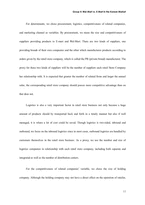
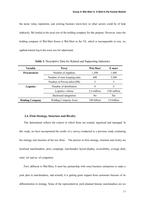
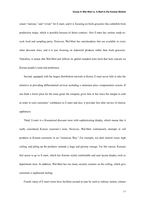
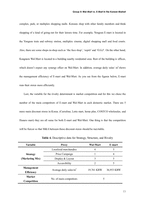
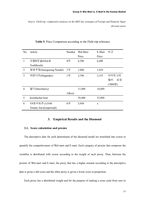
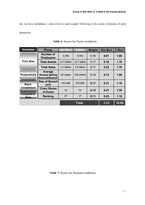
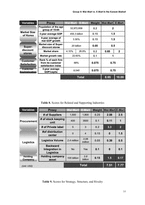
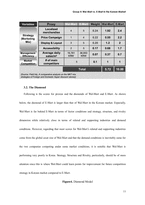
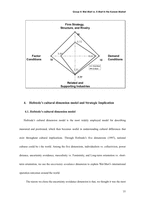
 분야
분야


